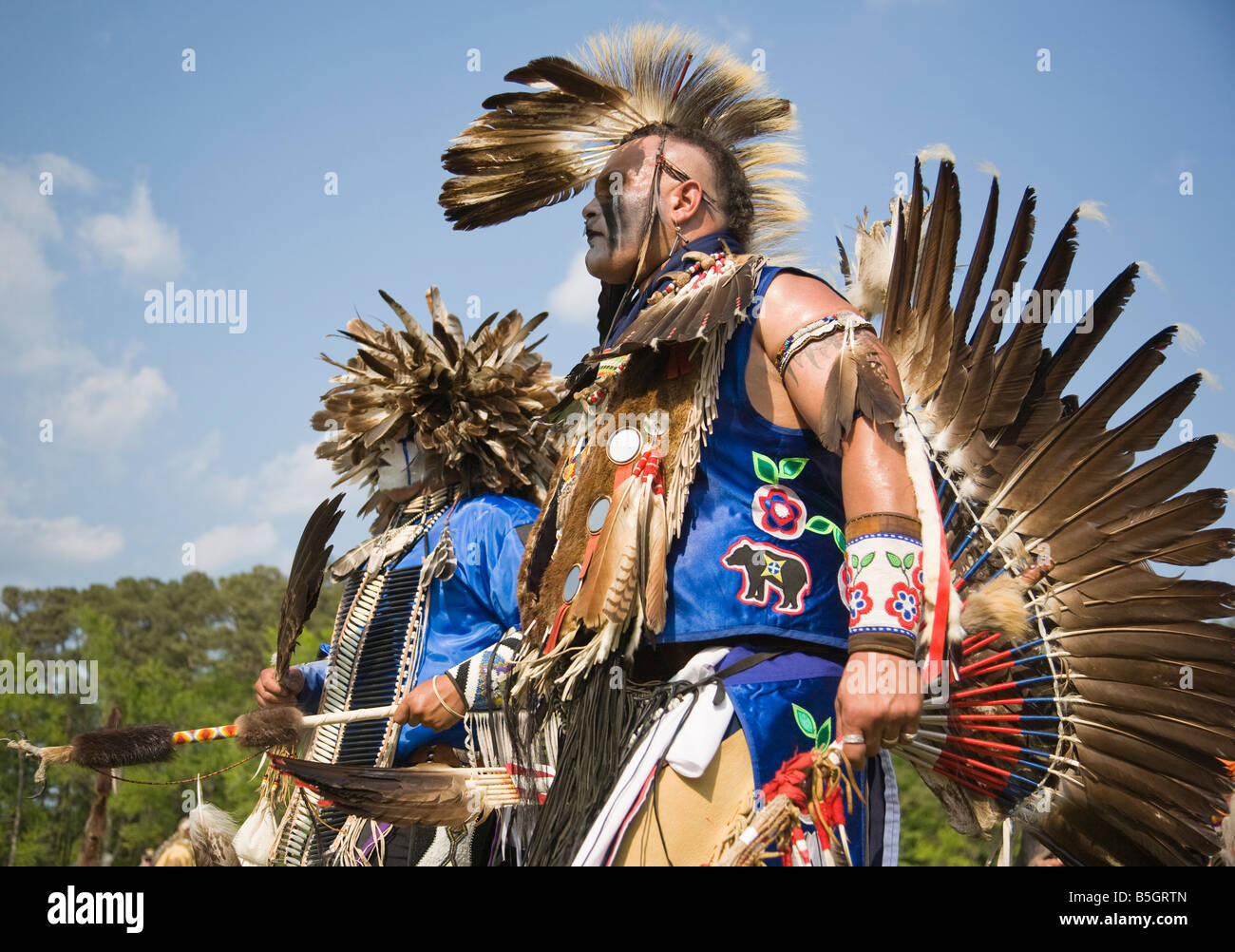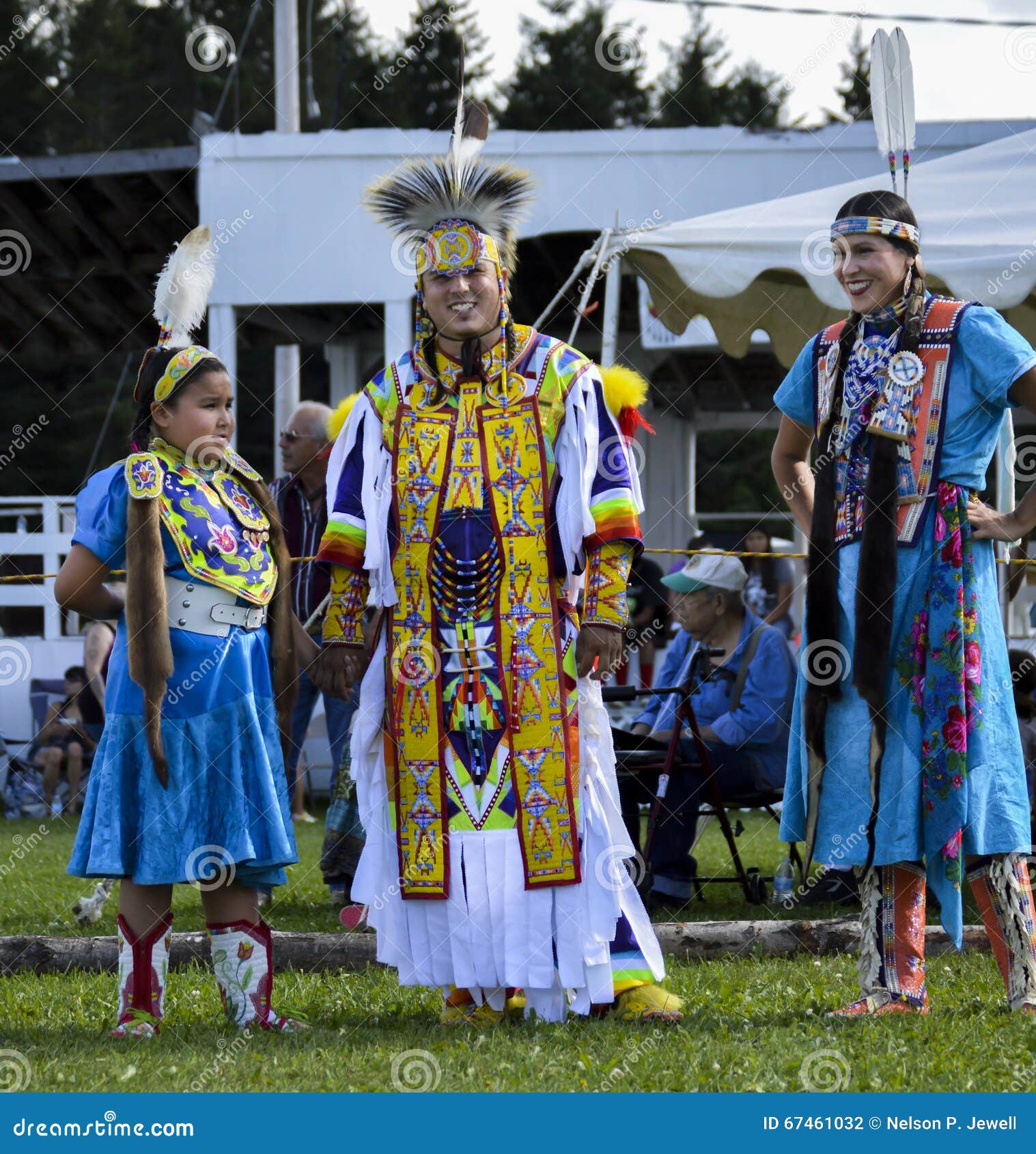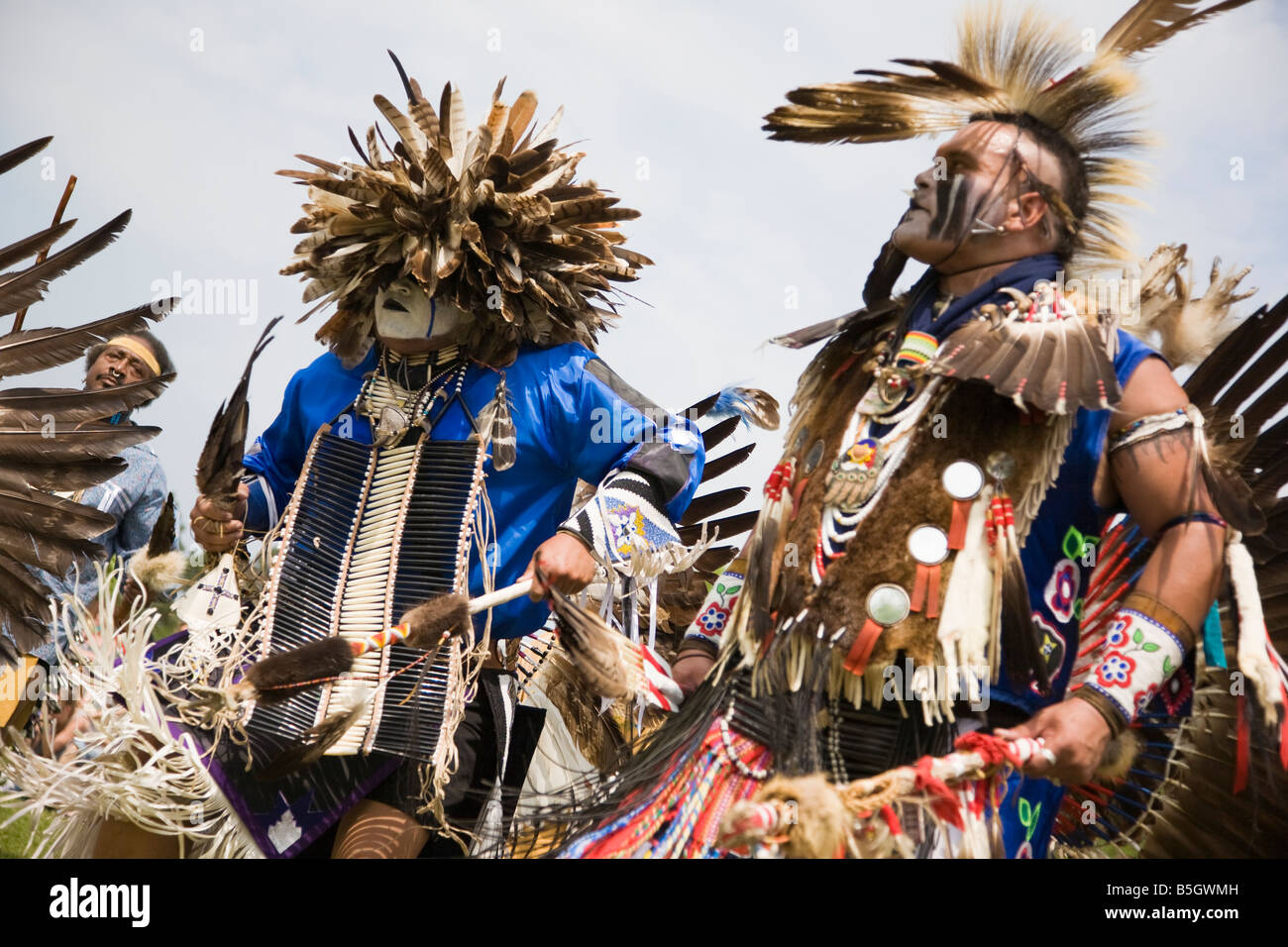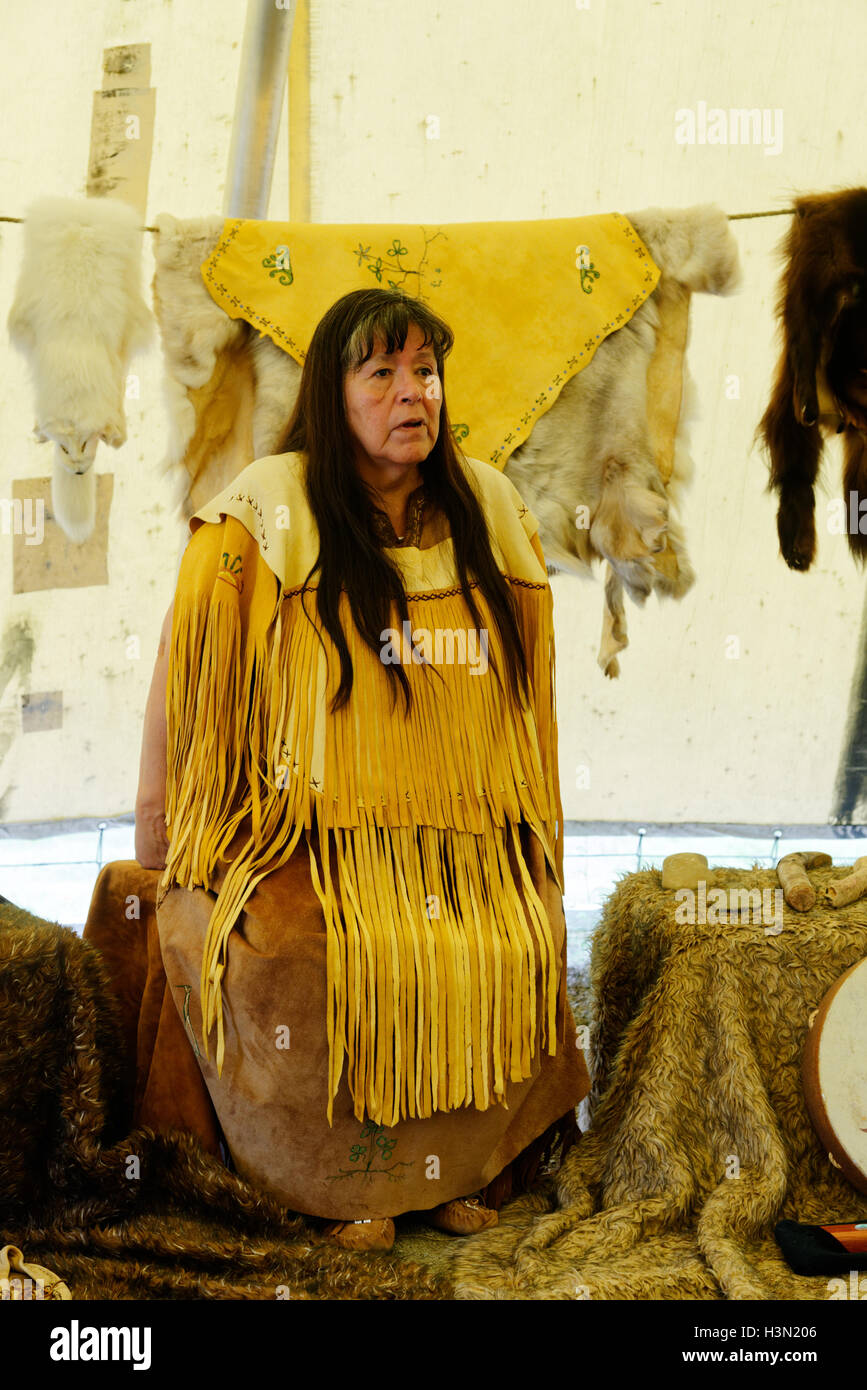
The crisp morning air, infused with the scent of pine and damp earth, was my first welcome to the Kespukwitk Harvest Trail. Nestled deep within the Mi’kma’ki territory of what is now known as Nova Scotia, this isn’t merely a hiking path; it’s a living classroom, a cultural journey, and a profound connection to generations of ancestral wisdom. My quest here was to understand, firsthand, the legacy of the Micmac Nation’s traditional berry picking knowledge—a legacy so rich it often manifests as conceptual "maps" passed down through stories, observation, and deep ecological understanding, rather than just lines on parchment. This experience, meticulously curated and guided by members of the local Mi’kmaq community, offered an unparalleled glimpse into that heritage.
From the moment we stepped off the gravel road and onto the soft forest floor, the distinction between a typical nature walk and this immersive journey became immediately clear. Our guide, Elder Joseph, a man whose eyes held the quiet wisdom of the forest itself, began not with directions, but with a greeting in Mi’kmaq: "Wapna’q," meaning "good morning." He then explained the concept of Msit No’kmaq – "All My Relations" – a fundamental Mi’kmaq principle emphasizing the interconnectedness of all living things. This wasn’t just a philosophical preamble; it was the lens through which we would view every plant, every berry, and every step of our journey.
The trail itself, winding through a mosaic of ancient woodlands, sun-dappled clearings, and bogs shimmering with dew, felt less like a managed path and more like a gentle invitation into a sacred space. Elder Joseph pointed out the subtle markers that, for his ancestors, formed the very fabric of their "berry maps": the specific types of trees that indicated drier ground suitable for certain berries, the direction of the prevailing winds influencing growth, the subtle changes in elevation that spoke of underlying soil compositions. These weren’t GPS coordinates; they were ecological indicators, read with an intimacy born of millennia.
Our first stop was a cluster of low-lying bushes laden with plump, iridescent blueberries, their deep indigo hues almost glowing against the green leaves. "These are the Mi’kinoqmin," Elder Joseph explained, "the ‘turtle berries,’ named for their shape. Our people have harvested these here for as long as memory serves. The maps, you see, weren’t just about where to find them, but when they would be ripe, how to pick them respectfully, and how much to leave for the bears, the birds, and for the plant to regenerate." He demonstrated a gentle plucking motion, careful not to damage the bush, and encouraged us to do the same, emphasizing that we were not merely taking, but participating in a cycle of reciprocity. The taste was an explosion of sweet-tart goodness, far richer and more complex than any store-bought berry, imbued, it felt, with the very spirit of the land.

As we moved deeper, the landscape transitioned. We traversed a slightly wetter area, where cranberries, Saputakn, lay nestled amongst sphagnum moss. Here, Elder Joseph spoke of the traditional uses beyond food – how cranberries were dried, mixed with pemmican for sustenance on long journeys, or even used for medicinal purposes. He showed us a natural depression in the land, a slight hollow that collected water, explaining how this specific microclimate ensured a consistent yield of cranberries year after year, a detail undoubtedly marked on the ancestral "maps" through generations of observation. It struck me then that these "maps" weren’t static; they were dynamic, living documents, constantly updated by each generation’s intimate engagement with the land.
The beauty of the Kespukwitk Harvest Trail is not just in its natural splendor, which is considerable, but in its profound educational value. Elder Joseph, along with a younger Mi’kmaq guide, Sarah, who spoke passionately about sustainable harvesting and the revitalization of Mi’kmaq language, painted a vivid picture of a time when survival depended on such precise knowledge. They shared stories of families moving with the seasons, following the ripening berries, fish runs, and game migrations – a nomadic existence guided by an innate understanding of their environment. The "maps" were embedded in their oral traditions, in songs, in the names of places, and in the very fabric of their cultural identity. To walk this trail was to walk through those stories.
We encountered raspberries, Mkominaq, in a sun-drenched clearing, their delicate sweetness a stark contrast to the tartness of the cranberries. Sarah pointed out the patches where the berries grew thickest, explaining how the Mi’kmaq understood the importance of forest fires, both natural and controlled, in rejuvenating the land and encouraging berry growth – another layer of sophisticated ecological management that predated modern forestry by centuries. This wasn’t just about finding berries; it was about understanding the entire ecosystem that supported them.
The experience culminated at a small, open-air cultural centre at the end of the trail, where we were invited to share a light lunch of traditional Mi’kmaq foods, including bannock and berry preserves made from the very fruits we had just harvested. Here, artifacts and visual aids were displayed, further illustrating the complexity of Mi’kmaq life. One exhibit showcased intricate beadwork and basketry, often incorporating natural dyes derived from plants found along the trail. Another depicted the seasonal round of activities, visually representing the "maps" of movement and resource gathering. It was here that the abstract concept of "traditional berry picking maps" coalesced into a tangible reality: a holistic system of knowledge, passed down with meticulous care, ensuring both survival and a deep, spiritual connection to the land.

For the intrepid traveler seeking more than just picturesque views, the Kespukwitk Harvest Trail offers an experience that is both deeply enriching and ethically responsible. It’s an opportunity to engage directly with Indigenous culture, learn about sustainable living practices, and witness the enduring wisdom of a people who have lived in harmony with the land for millennia.
Practicalities for Your Journey:
- Best Time to Visit: Berry seasons in Nova Scotia typically run from late July through September. Blueberries peak in August, while cranberries and raspberries can be found later into the fall. Check with the Kespukwitk Cultural Centre (or similar Mi’kmaq tourism initiative) for specific harvest schedules.
- What to Bring: Comfortable walking shoes suitable for uneven terrain, insect repellent (especially for late summer), a wide-brimmed hat, sunscreen, a water bottle, and small containers or bags for any berries you might pick (respectful harvesting limits are usually in place). A camera is a must, but remember to ask permission before photographing individuals.
- Accessibility: The trails are generally moderate, with some uneven ground and gentle slopes. It’s advisable to inquire about specific trail conditions if you have mobility concerns.
- Booking: Tours are typically guided and require advance booking to ensure group size limits and the availability of Mi’kmaq guides. This is crucial for maintaining the authenticity and intimacy of the experience. Information can usually be found through provincial tourism boards or directly via Indigenous tourism websites.
- Accommodation: While the Kespukwitk Harvest Trail itself doesn’t offer overnight stays, there are numerous charming B&Bs, hotels, and campgrounds in nearby towns throughout Nova Scotia, offering a range of options to suit different preferences and budgets.
- Cost: There is usually a fee for the guided tours and cultural experience, which directly supports the Mi’kmaq community, guides, and the preservation of the land and culture. Consider it an investment in a truly unique and meaningful travel experience.


The Kespukwitk Harvest Trail is more than just a place to pick berries; it’s a living testament to the Micmac Nation’s enduring connection to their ancestral lands and their profound ecological knowledge. It’s a powerful reminder that the richest "maps" are not always drawn on paper, but are etched into the landscape, carried in the hearts of elders, and shared through the wisdom of generations. To walk this path is to walk with respect, to learn with humility, and to leave with a deeper understanding of Msit No’kmaq – All My Relations – a principle that resonates long after the last berry has been savored. This is not just a destination; it’s an invitation to connect, to learn, and to truly taste the history of a land and its people.


